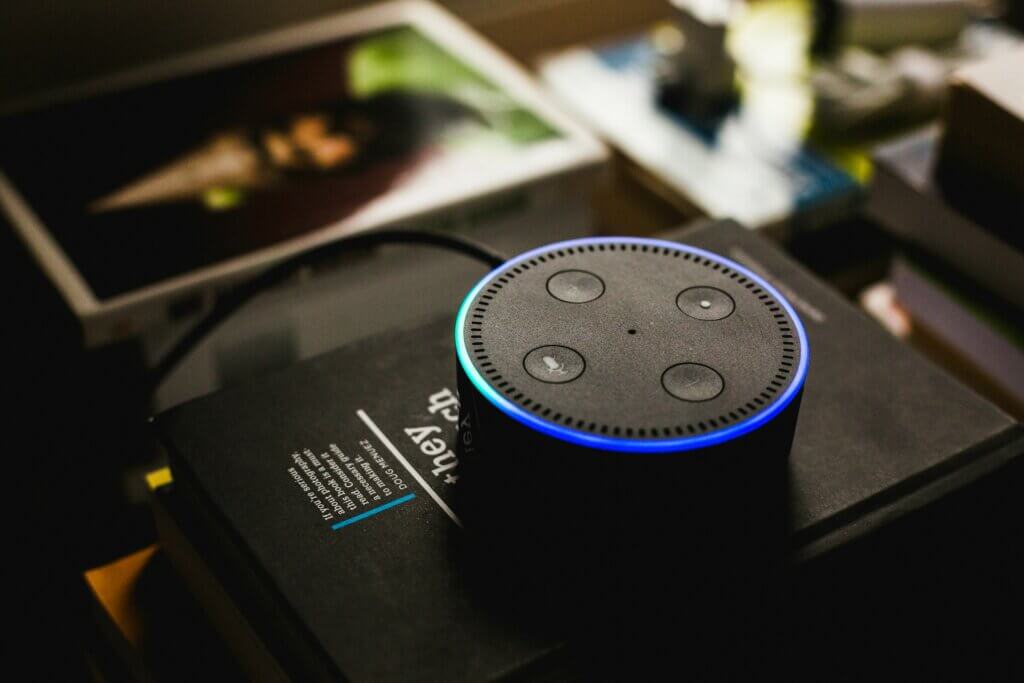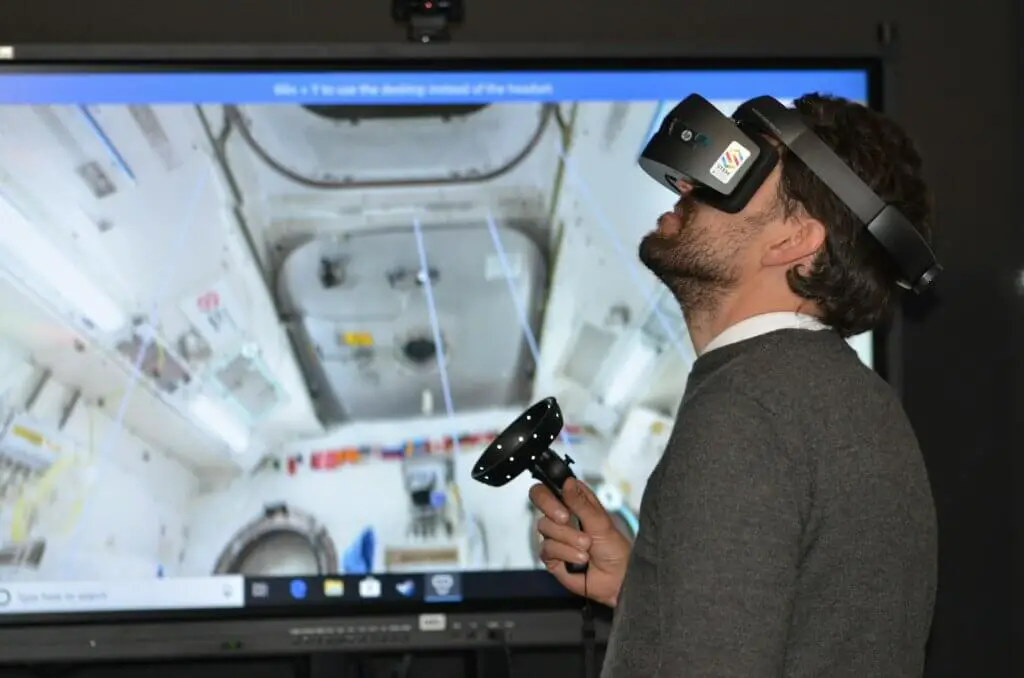We may earn money or products from the companies mentioned in this post.
The Cutting-Edge Technologies of 2024: A Glimpse into the Future
The rapid pace of technological advancement in 2024 continues to redefine the boundaries of innovation. This year, several groundbreaking technologies are emerging, each promising to revolutionize different aspects of our lives. This article delves into five of the most exciting and unconventional future technology currently being developed: neural headphones, AI gadgets and voice assistants, extended reality for training, synthetic media, and digital twins. These technologies not only showcase human ingenuity but also highlight the potential for significant societal impact.
Neural Headphones
One of the most intriguing future technology items of 2024 is the development of neural headphones, which can interpret brainwaves to control devices. This innovation promises a non-invasive alternative to brain implants, offering users the ability to interact with electronic devices through their thoughts. The Naqi Neural Earbuds, for instance, allow users to control computers using gyroscopic, muscle, and brainwave sensors, enabling tasks such as browsing the internet and playing games purely through cognitive commands. This technology could drastically change how we interact with our devices, making interfaces more intuitive and accessible.
using gyroscopic, muscle, and brainwave sensors, enabling tasks such as browsing the internet and playing games purely through cognitive commands. This technology could drastically change how we interact with our devices, making interfaces more intuitive and accessible.
The potential applications for neural headphones are vast. In the realm of healthcare, they could assist individuals with disabilities, providing a new mode of communication and control. In gaming and entertainment, they promise a more immersive and responsive experience. Furthermore, the integration of neural technology into everyday devices could pave the way for more seamless and efficient human-computer interactions, fundamentally altering the landscape of personal and professional productivity.

AI Gadgets and Voice Assistants
AI-driven gadgets are becoming increasingly sophisticated, with innovations that enhance the functionality and user experience of everyday devices. One notable example from CES 2024 is the Rabbit R1, a handheld device designed to interact with apps using natural language processing. This gadget represents a significant leap forward in the evolution of voice assistants, offering a more natural and intuitive user interface that reduces the need for manual input.
Voice-activated technology has been steadily improving, with devices now capable of understanding and processing natural human speech more accurately. This advancement is widely utilized in smart speakers, home automation systems, and customer service bots. The integration of advanced AI into these devices enhances accessibility, convenience, and interaction, allowing for hands-free commands and seamless integration into daily life. For instance, in the automotive industry, AI-powered voice assistants can help drivers navigate, control entertainment systems, and even manage communication without taking their hands off the wheel.

Extended Reality for Training
Extended Reality (XR), encompassing Virtual Reality (VR), Augmented Reality (AR), and Mixed Reality (MR), is transforming training and education across various industries. XR provides immersive training experiences that replicate real-life scenarios, allowing for risk-free, hands-on practice. This technology is particularly beneficial in fields such as healthcare, aviation, and manufacturing, where it improves learning outcomes, enhances engagement, and reduces training costs.
In healthcare, XR can simulate complex surgical procedures, giving medical professionals the opportunity to practice and refine their skills in a controlled environment. Similarly, in aviation, XR training programs can replicate the experience of flying an aircraft, enabling pilots to gain valuable experience without the associated risks. In manufacturing, XR can be used to train employees on the operation of machinery and safety protocols, improving efficiency and reducing the likelihood of accidents. By providing realistic and interactive simulations, XR is revolutionizing the way professionals are trained, leading to better preparedness and performance in real-world situations.
Synthetic Media
Synthetic media, generated entirely by AI, is another groundbreaking future technology gaining traction in 2024. This includes deepfakes, virtual influencers, and automated video content, which are becoming increasingly sophisticated and indistinguishable from content produced by humans. While synthetic media offers extensive possibilities in entertainment, education, and media  production, it also raises significant ethical questions regarding authenticity, privacy, and the potential for misuse.
production, it also raises significant ethical questions regarding authenticity, privacy, and the potential for misuse.
Deepfakes, for example, can create realistic but fake videos of individuals, posing challenges for security and trust. However, synthetic media also holds promise for creating personalized and engaging content. Virtual influencers, powered by AI, can interact with audiences on social media platforms, offering a new form of digital companionship and marketing. Automated video content can streamline production processes, making it easier and more cost-effective to create high-quality videos for education, advertising, and entertainment. The development of synthetic media is pushing the boundaries of creativity and technology, offering both opportunities and challenges that society must navigate.
Digital Twins
Digital twins, virtual replicas of physical systems, are being utilized for simulation, monitoring, and maintenance in various industries. This technology enables companies to optimize operations and predict potential issues by testing impacts and changes in a virtual environment before applying them in the real world. Digital twins are extensively used in manufacturing, automotive, and urban planning, providing a powerful tool for improving efficiency and reducing costs.
In manufacturing, digital twins can simulate the operation of machinery, allowing for predictive maintenance and minimizing downtime. In the automotive industry, digital twins can model the performance of vehicles, helping engineers design more efficient and reliable cars. Urban planners can use digital twins to simulate the impact of new infrastructure projects on traffic flow, air quality, and other factors, leading to better-informed decision-making and more sustainable development. By providing a virtual testing ground, digital twins help reduce the risk and expense associated with physical prototypes and real-world experimentation.
In Conclusion
The future technology being developed in 2024 highlight the incredible potential for innovation to transform various aspects of our lives. Neural headphones, AI gadgets and voice assistants, extended reality for training, synthetic media, and digital twins represent just a few of the groundbreaking advancements that are pushing the boundaries of what is possible. These technologies promise to enhance human capabilities, improve efficiency, and create new opportunities for interaction and engagement. However, they also raise important ethical and societal questions that must be addressed as we navigate this rapidly evolving technological landscape. As these technologies continue to develop, they hold the potential to profoundly impact our future, offering both exciting possibilities and significant challenges.
You Might Also Like – Cutting-Edge Military Laser Tech


